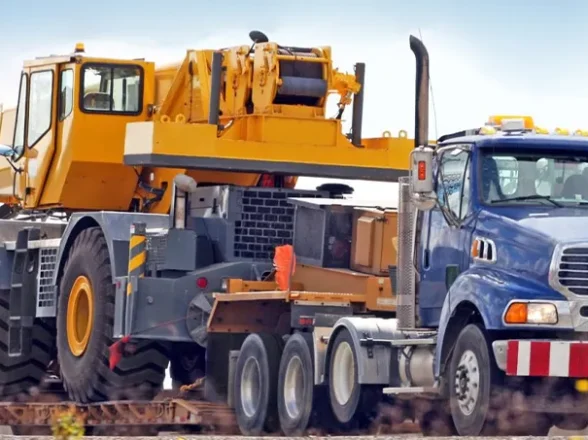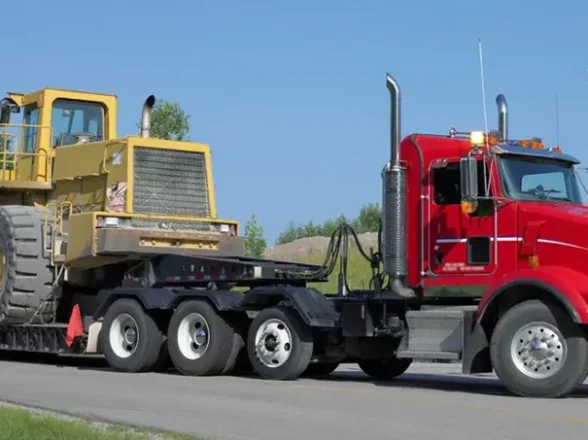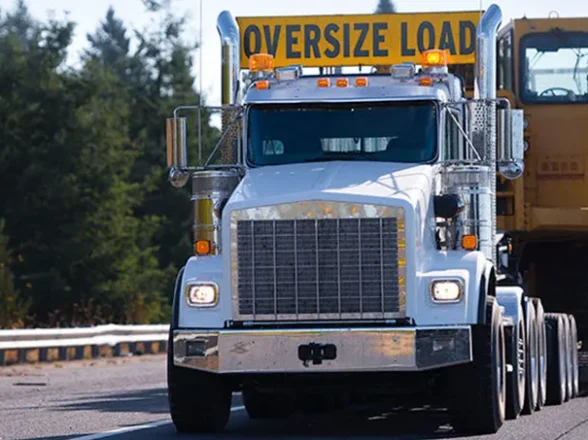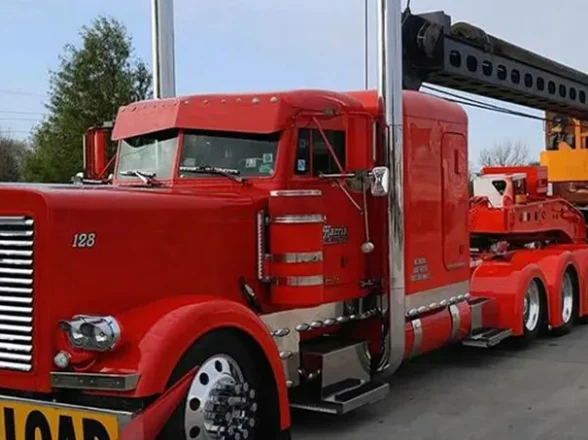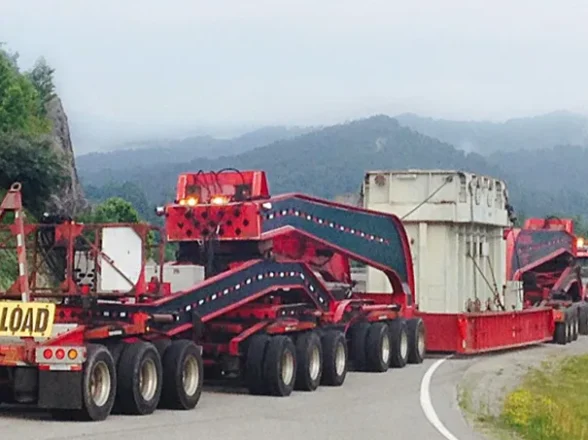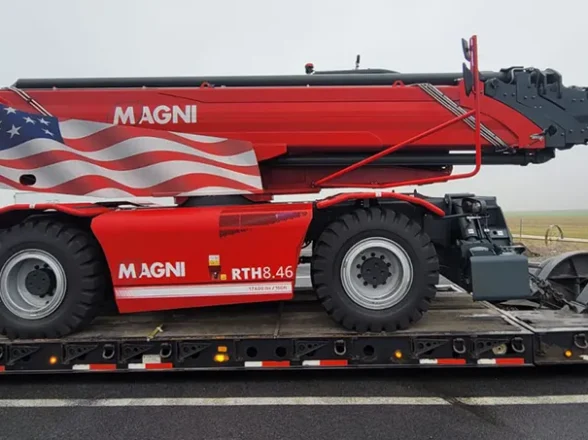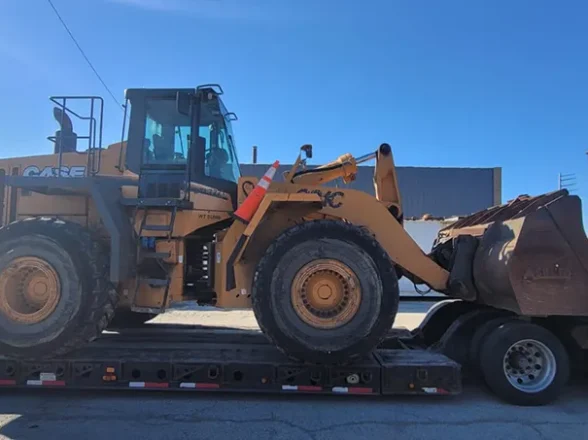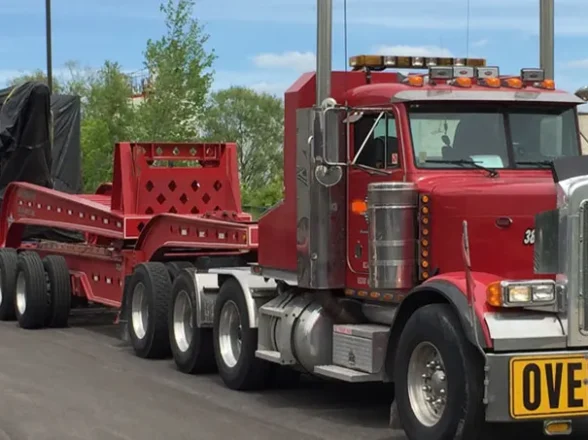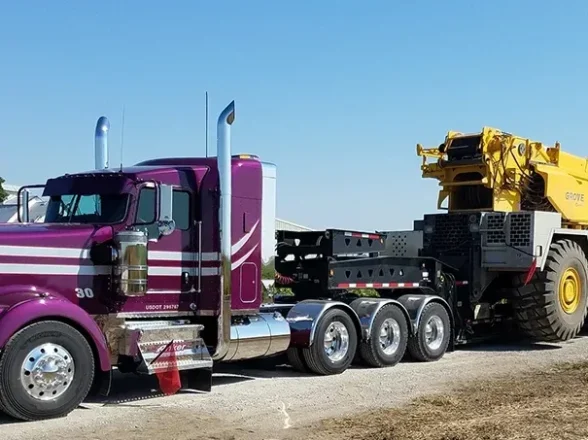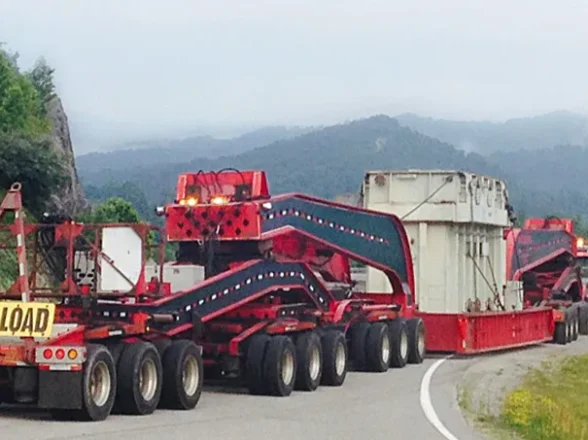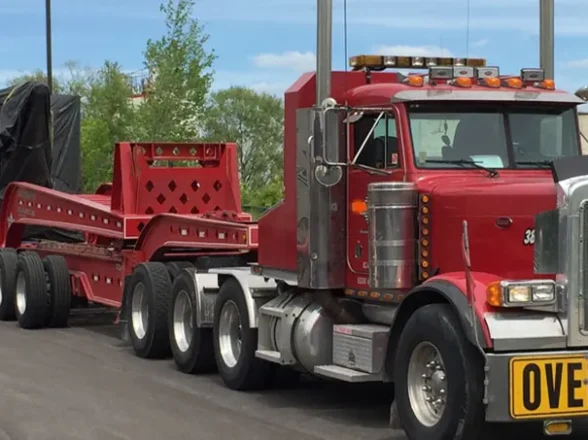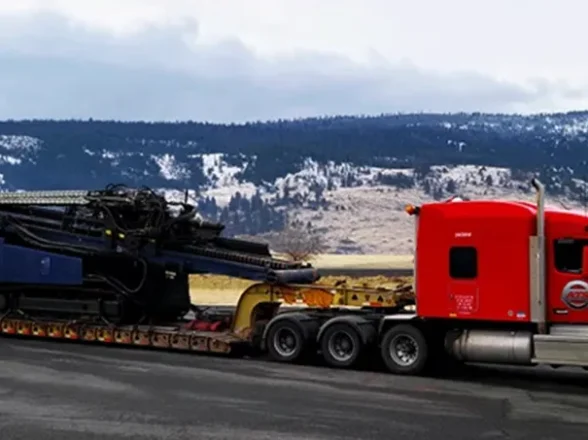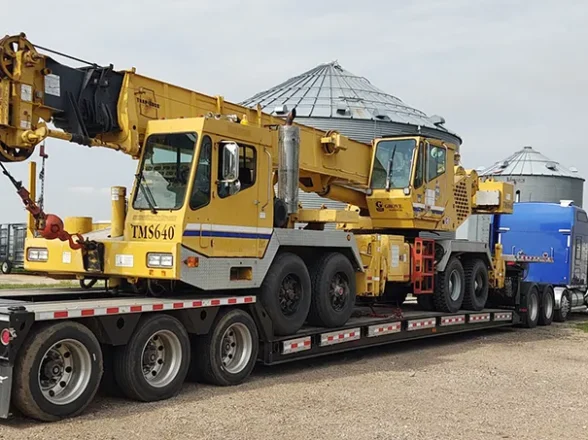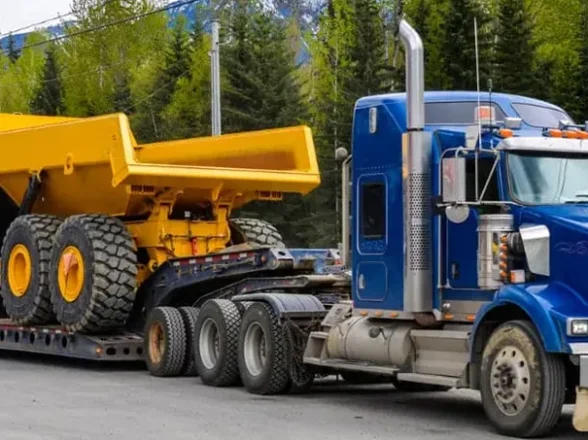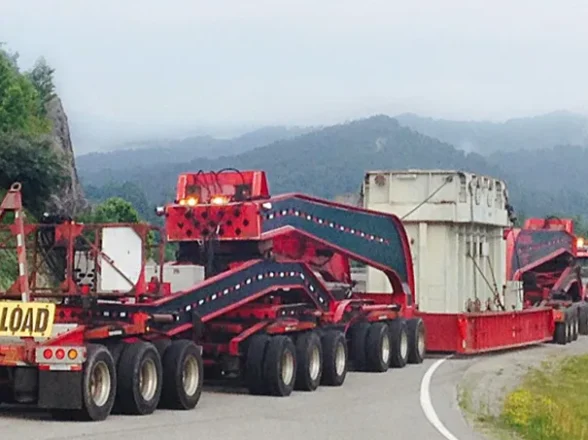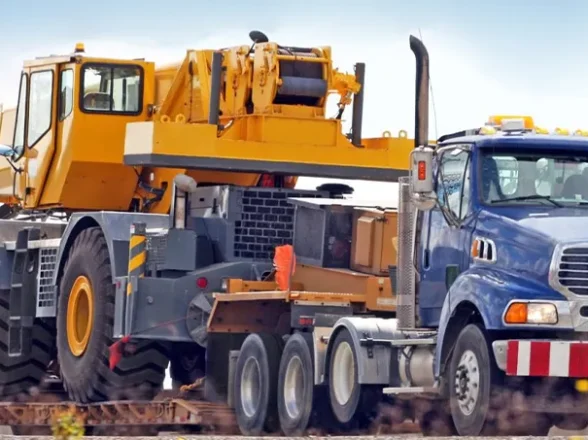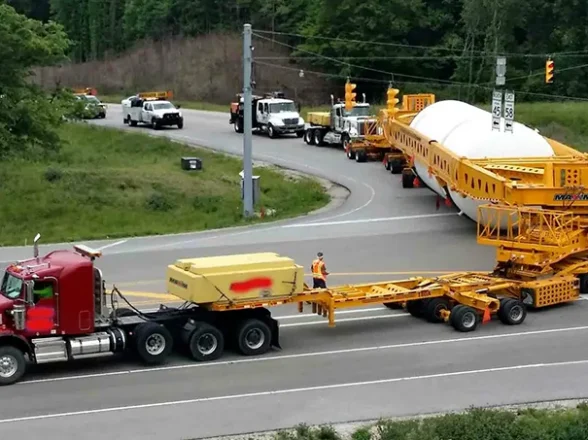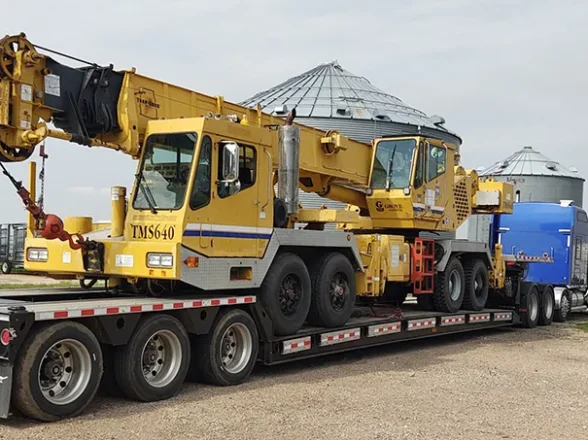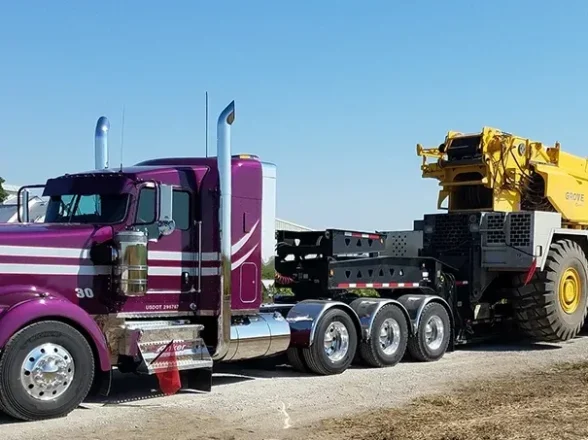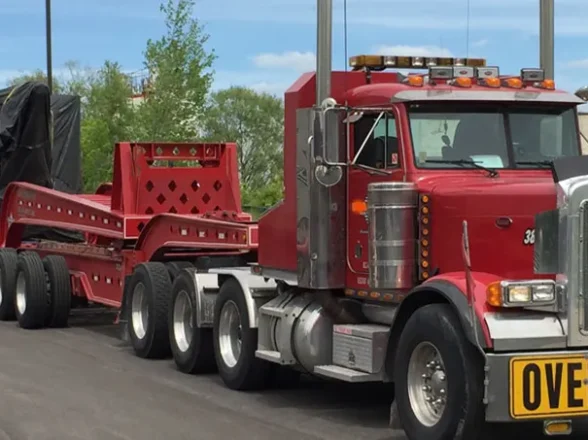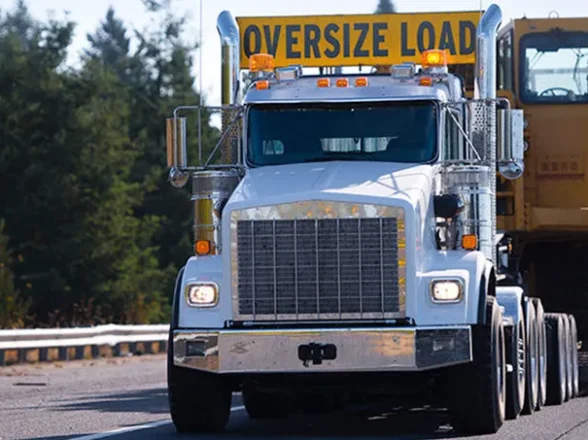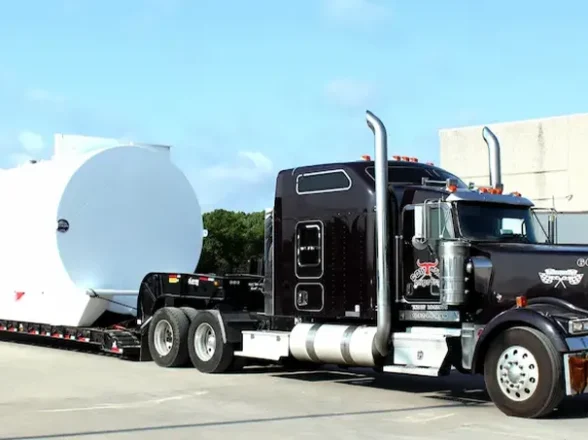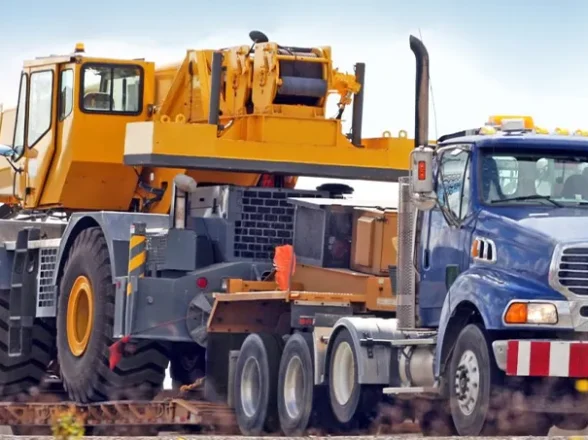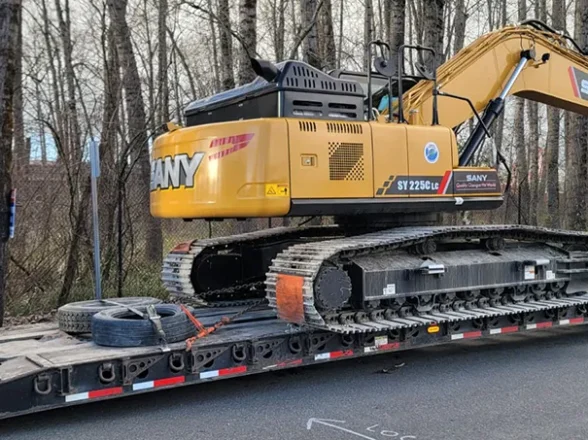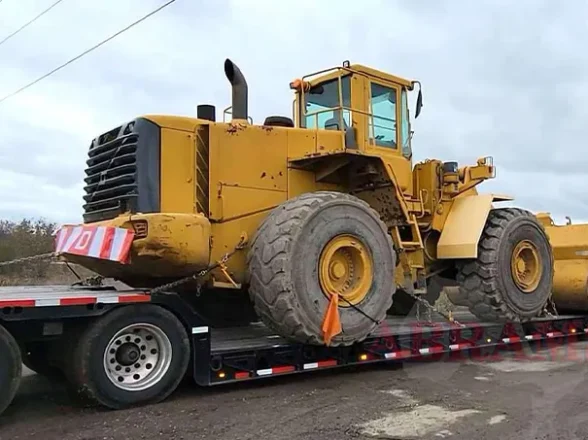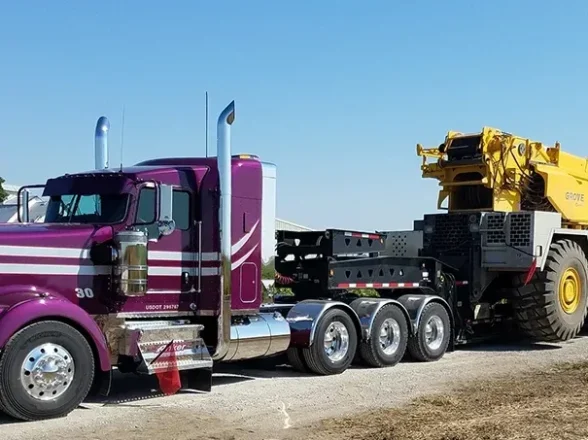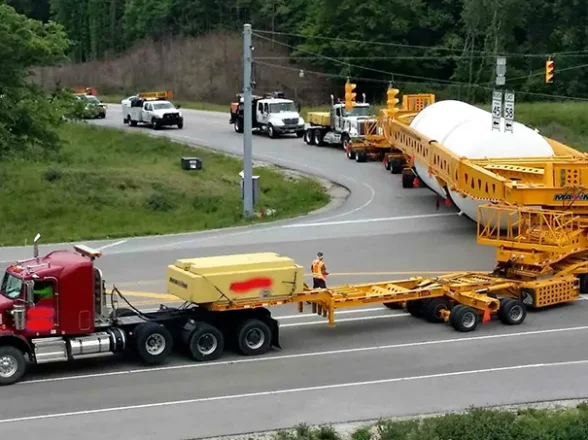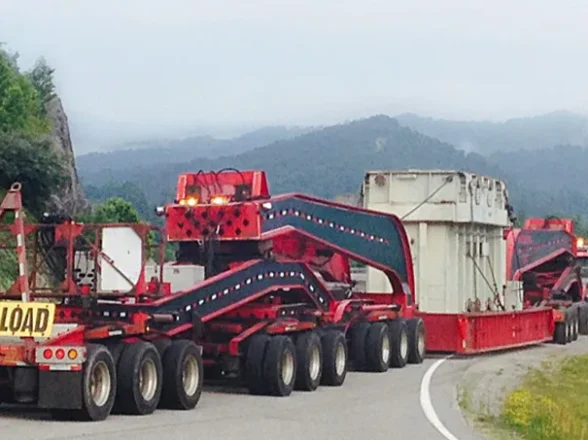DNP news
Blog
Essential Insights into Illinois Oversize Permits
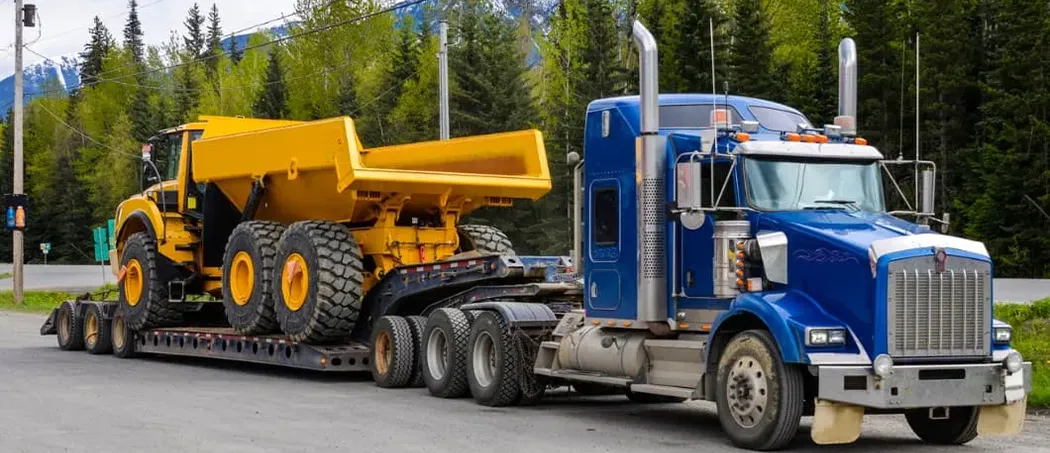
The following information about Illinois Oversize Permits is for informational purposes only. It’s important to always read your permits and provisions sheets carefully as we cannot guarantee the accuracy of the information provided. If you have any questions or need assistance, you can contact the following number.
Illinois DOT #: 217-785-1477
Illinois Oversize Permits Duration
The Illinois Oversize permits remain valid for a duration of five days.
Operating Time
Loads with permits, up to 12 feet wide, 13 feet 6 inches high, and 200 feet long, are authorized for 24/7 travel with one civilian escort during nighttime hours. For permit loads up to 14 feet 6 inches wide, up to 15 feet high, and up to 200 feet in length, travel is permitted seven days a week, from half an hour before sunrise to half an hour after sunset. Loads exceeding these dimensions can travel from half an hour before sunrise to half an hour after sunset on Monday through Friday, and from half an hour before sunrise until noon on Saturday. Overweight loads are permitted continuous travel if the permit indicates all other dimensions as legal.
Restricted Travel in Illinois
Loads permitted on Expressways in Cook County are constrained to a maximum of 120,000 pounds, 12 feet wide, and/or 13 feet 6 inches high. Special restrictions are applicable in Cook County, as outlined in the provision sheets (General Provisions B). Loads exceeding 14 feet 6 inches wide, up to and including 16 feet wide, are restricted to travel between 9:00 am and 3:00 pm, Monday through Friday, in the following counties: Cook, DuPage, Lake, Kane, Madison, McHenry, Monroe, St. Clair, and Will. Loads over 16 feet wide may have additional restrictions. No travel is allowed from noon the day before major holidays or holiday weekends.
Illinois Toll Roads
The maximum allowable width is 10 feet, except for sections along I-80 (near the Indiana line) and US51 (near the Wisconsin line), where a width of 12 feet is permitted. For gross weights ranging from 80,001 to 104,000, the cost is approximately $35.00, while weights between 104,001 and 120,000 incur a fee of around $150.00. The maximum permissible gross weight is 120,000. Lengths exceeding 100 feet require prior approval and a special permit. The maximum height is 14 feet 6 inches, with an additional charge of $15.00 for heights over 13 feet 6 inches.
Call (832) 454-5883 For Permit Consultation
Legal Dimensions for Illinois Oversize Permits
Length:
- 53′ semi-trailer* on designated highways
- 65′ overall on non-designated
- *Kingpin to center of rear axle not over 45′-6″, or needs to be permitted.
Overhang
3′ front, 4′ rear; more rear overhang is allowed if within legal length limits
Width:
- 8′-6″ on designated highways
- 8′ on non-designated
Height:
13′-6″
Weight:
80,000 Gross
- Single – 20,000
- Tandem – 34,000
- Tridem – 42,500
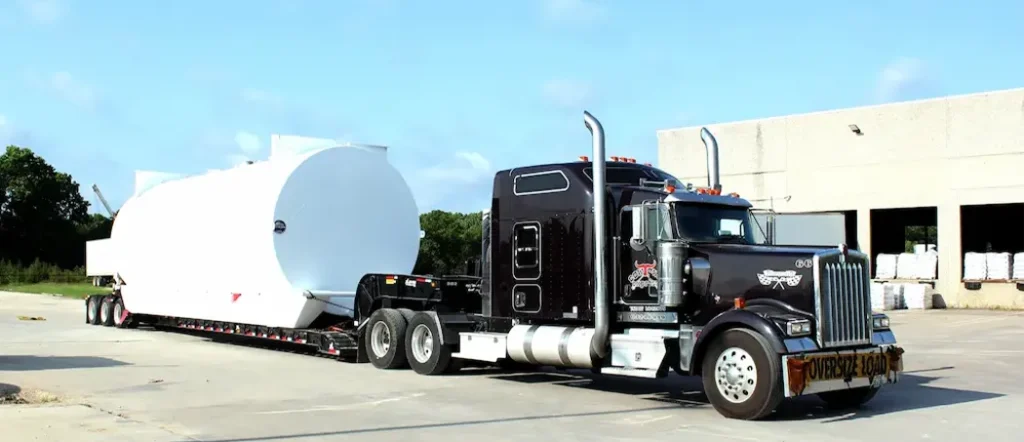
Routine Permit Limits in Illinois
Length:
145′
Width:
14′-6″
Height:
15′ (depending on overhead clearances, 3″ clearance required)
Notes:
- No interstate routing is allowed for over 15’-9” height
- Height of 16′ or more requires detailed route survey.
Weight:
- Single – 24,000
- Tandem – 48,000
- Tridem – 60,000 (no single axle to exceed 21,000)
- Quad – 60,000 on standard permit, up to 100,000 with a superload permit.
Superload Note:
Overweight applications are categorized as super loads under the following circumstances:
When:
- 5 axles, grossing over 100,000 pounds and/or over 44,000 pounds on a tandem group
- 6 or more axles, grossing over 120,000 pounds and/or over 48,000 pounds on any axle group.
Note: Regarding Lift or Pusher axles: The maximum allowable weight difference between axles in a group is 2,000 pounds. Loads surpassing these dimensions or weights are classified as super loads. If exceeding 16 feet in width or 17 feet in height, a field or district engineering investigation is necessary. For loads exceeding 17 feet in height, it is mandatory to contact all overhead utility companies and provide documentation.
EXEMPTIONS:
There is no requirement for a length limitation (O/D permit not required) for vehicles transporting beams, poles, pipe, culverts, or other structural objects that are 80 feet or less in length (overall length of 100 feet or less) during daylight hours from Monday through Friday. Additionally, farm tractors and other implements of husbandry may be transported without a permit during daylight hours, including weekends, as long as they are over width only. However, an Illinois Oversize permits is still necessary if the load exceeds 13 feet 6 inches in height or is overweight.
Escort Requirements for Illinois Oversize Load Permits
Length:
- Over 110′ – one escort
- over 145′ – three escorts
- over 200′ – State Police
Width:
- Over 14′-6″ – one escort
- Over 16′ – three escorts
- Over 18′ – Illinois State Police escorts
Height:
- Over 14′-6″ – one escort w/ high pole
- Over 16′ – route survey to get permit & one escort
- over 18′ – two escorts & State Police
Note: Loads surpassing any two of the aforementioned dimensions require the presence of two escorts.
Miscellaneous
Routine issuance of Illinois Oversize Permits does not consider lift axles. Attachments such as blades, buckets, and counterweights are allowed. However, combination loads with two over dimensions on two different pieces, such as an overwidth dozer and an overheight backhoe on the same load, cannot be permitted.
Signs, Flags & Lights for Illinois Oversize Load Permits
Flags must be affixed to the extremities of all oversize vehicles, loads, and protruding objects. “Oversize Load” signs are mandatory for loads exceeding 10 feet in width, 14 feet 6 inches in height, and/or 75 feet in length. All oversize/overweight permit loads must exhibit an operable oscillating, rotating, or flashing amber light on the tractor. While the size of the light(s) is not specified, it must be visible from both sides and the front, with sufficient brightness to be seen for at least 500 feet during the daytime. In cases where the rear visibility of the light is obstructed, and for loads over 80 feet long or combinations over 100 feet long, a second light must be installed 10 feet behind the object. This second light should be mounted as high as practical over it.






